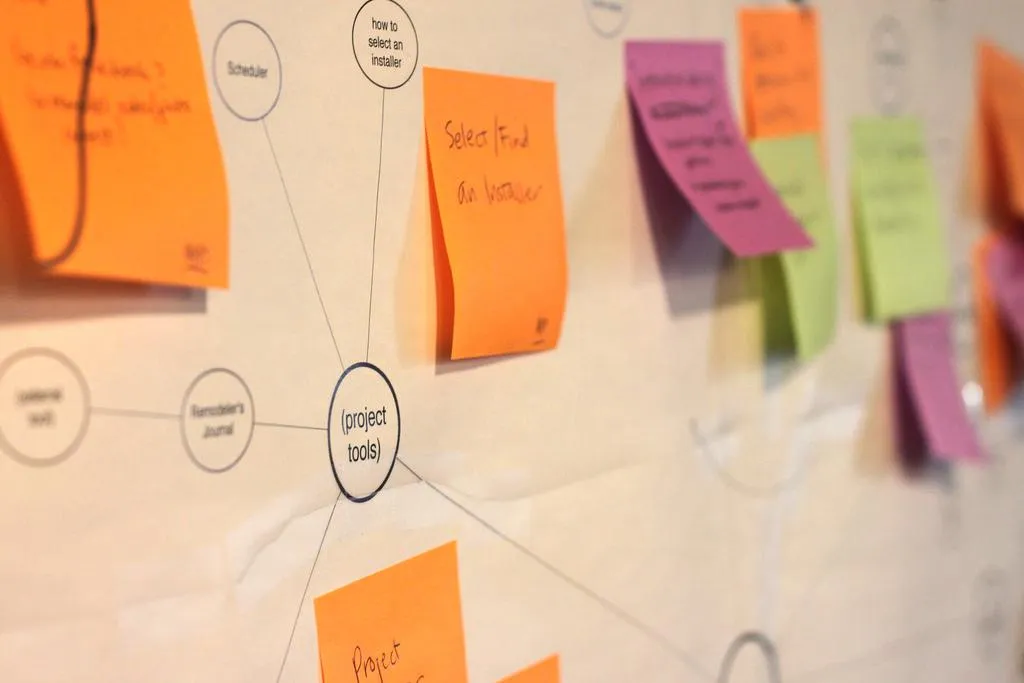Mind mapping is a powerful technique that allows individuals to visually organize their thoughts and ideas. By creating a mind map, you can stimulate your creativity, enhance your memory, and improve your overall brainstorming process. In this article, we'll explore how to make effective mind maps that can help you visualize your ideas and maximize your productivity.
Understanding the Basics of Mind Mapping
A mind map is a diagram that represents ideas and concepts in a visual format. It typically starts with a central idea and branches out into related topics and subtopics. This technique is useful for both personal and professional settings, whether you are planning a project, writing a paper, or brainstorming new ideas.
Benefits of Mind Mapping
Creating a mind map offers numerous benefits, including:
- Enhanced Creativity: By visually organizing thoughts, you can make connections between ideas that might not be obvious in linear formats.
- Improved Memory: The visual representation helps in retaining information, making it easier to recall later.
- Clear Organization: Mind maps provide a clear overview of a topic, making it easy to identify relationships and hierarchies.
- Efficient Brainstorming: It allows for free-flowing ideas without the constraints of structured formats, encouraging innovative thinking.
Steps to Create an Effective Mind Map
Follow these steps to create a mind map that effectively captures your ideas:
1. Choose Your Central Idea
Start by identifying the main topic or idea you want to explore. This will be the centerpiece of your mind map. Write it down in the center of your page and highlight it using a larger font or a different color.
2. Identify Key Themes
Next, brainstorm related themes or concepts that stem from your central idea. These will become the main branches of your mind map. Write each theme down and connect it to the central idea with a line. Use keywords to keep it concise and impactful.
3. Add Subtopics
For each key theme, think of subtopics that provide more detail. Draw smaller branches from the main branches to represent these subtopics. This hierarchical structure will help you organize your thoughts logically.
4. Use Visual Elements
Incorporate colors, images, and symbols to make your mind map more engaging. Colors can help differentiate between various themes and subtopics, while images can serve as visual cues that enhance memory retention.
5. Keep It Simple
A mind map should be easy to read and understand. Avoid clutter by using concise phrases or keywords instead of long sentences. The goal is to capture essential points that can trigger further ideas.
6. Review and Revise
Once you have completed your mind map, take a moment to review it. Look for areas that could be expanded upon or simplified. Don’t hesitate to make revisions to ensure that it accurately reflects your thoughts.
Tools for Creating Mind Maps
While you can create mind maps using pen and paper, there are also various digital tools available that can enhance your mind mapping experience:
- XMind: A popular mind mapping software that offers various templates and features for easy idea organization.
- MindMeister: An online mind mapping tool that allows for collaborative brainstorming with multiple users.
- Lucidchart: A versatile diagramming tool that can be used to create mind maps, flowcharts, and more.
- Canva: While primarily a graphic design tool, Canva also offers mind map templates that can be customized easily.
Using Mind Maps for Better Brainstorming
Mind maps can significantly enhance your brainstorming sessions. Here's how you can leverage them effectively:
- Encourage Group Participation: When brainstorming in a group, use a large whiteboard or digital tools where everyone can contribute ideas in real-time.
- Set a Time Limit: Challenge participants to contribute ideas within a set timeframe to keep the energy high and ideas flowing.
- Link Ideas: As ideas are generated, look for connections between them and add those links to your mind map. This will help you see the bigger picture.
Conclusion
Creating mind maps is an effective way to visualize your ideas and enhance your brainstorming sessions. By following the steps outlined in this article, you can create a mind map that not only organizes your thoughts but also stimulates creativity and innovation. Whether for personal projects or collaborative efforts, mind mapping can be a valuable tool in your toolkit for effective idea generation.
Remember, the key to successful mind mapping is to keep it simple, engaging, and well-organized. With practice, you'll find that mind maps can transform the way you think, plan, and execute your ideas.





